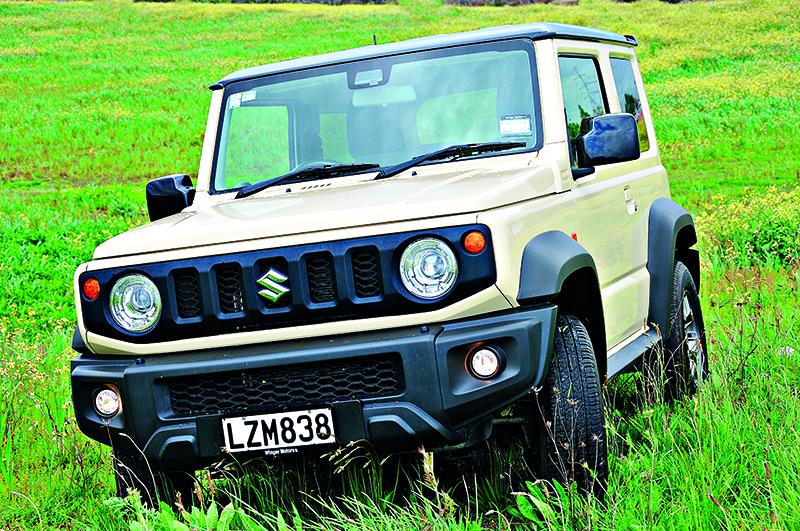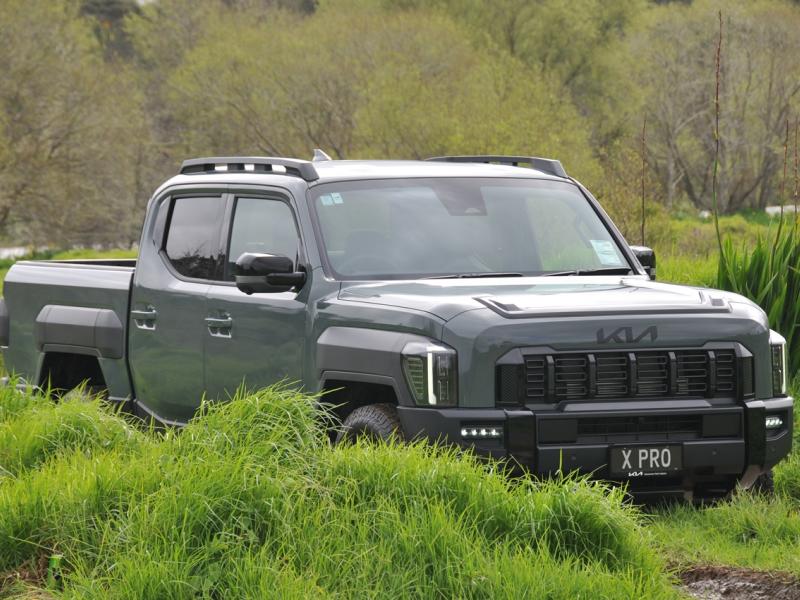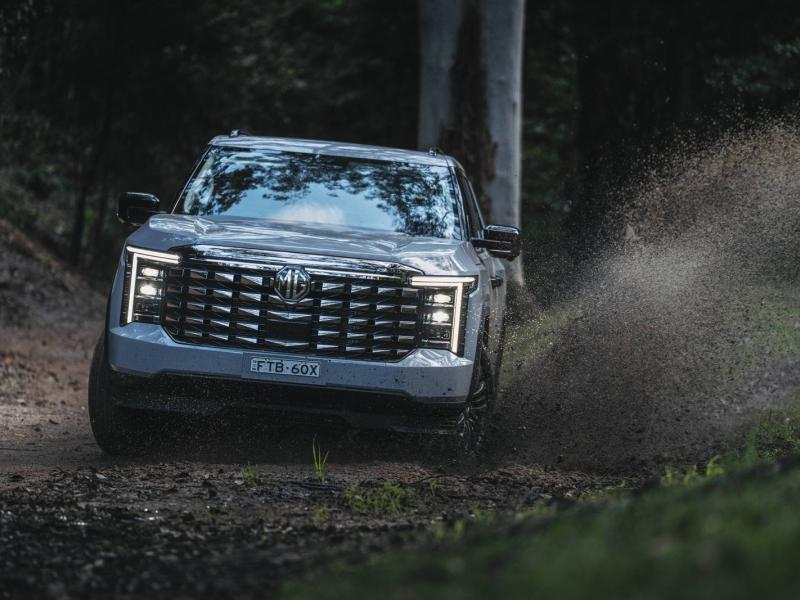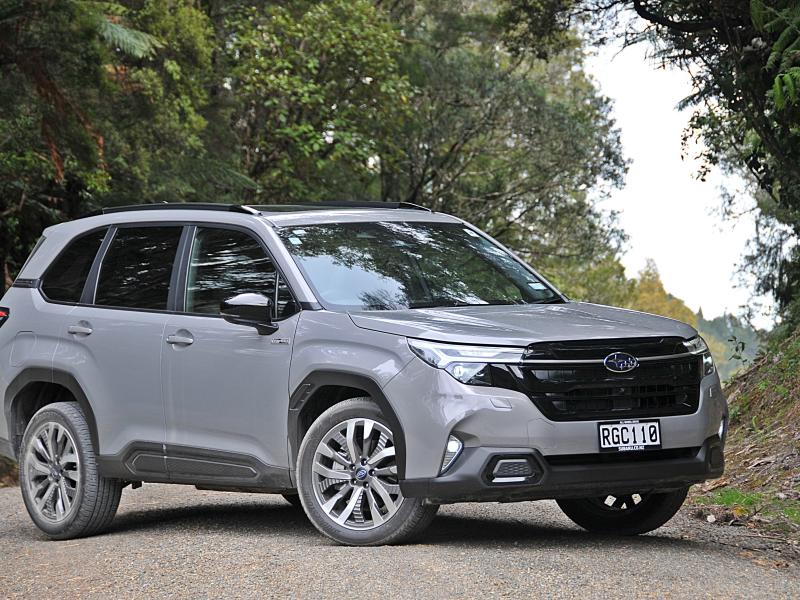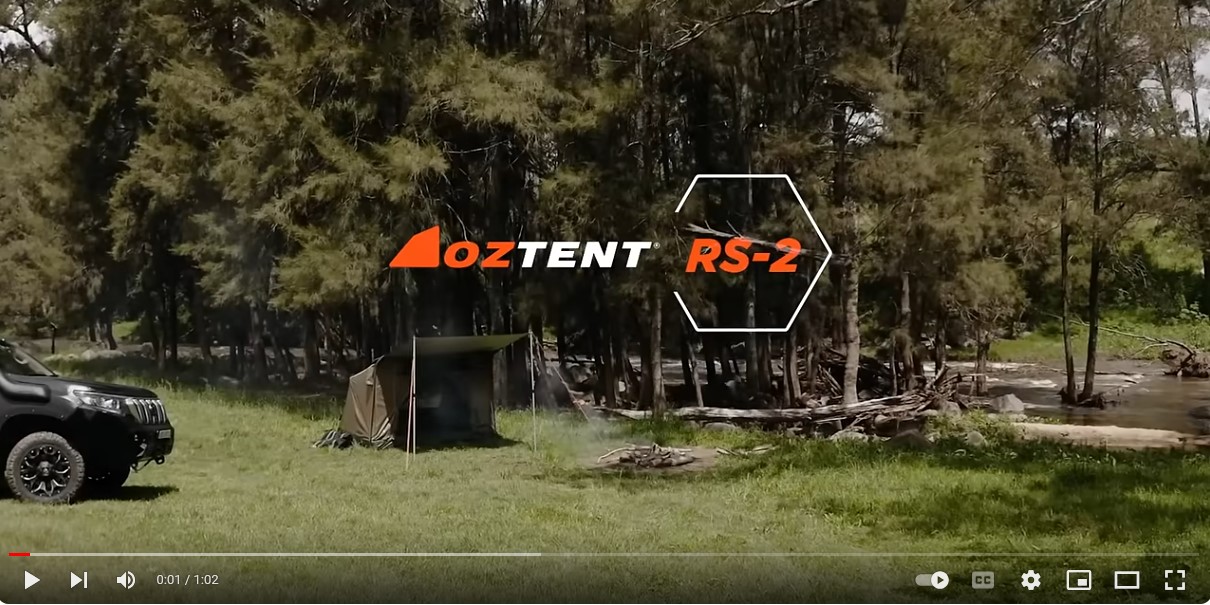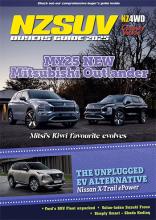That’s it, we’ve wrapped up the four important models in the cult Suzuki Jimny range. And we possibly finish with the one we like the best: three doors, four speed auto.
Many people experience a specific response when they see a Jimny: “Ooh, I want one”. That ‘want one’ tends to happen about three seconds after clapping eyes on the Jimny.
This 4WD – the lightest 4WD on the market – is a true cult vehicle. It appeals to young singles and couples, mums on the school run, and retired folk who A-frame them behind their motor homes.
Cute? Respected UK motor magazine Top Gear reckons these things are more cute than a Jeep Renegade and as sturdy looking as a Mercedes G-Class (but at six-tenths the scale).
They rightly point out that Jimny is “one of those instantly desirable pieces of design, like a Fiat 500 or whatever Apple’s attached a lower-case ‘i’ to this week.” High praise.
Certainly, the Jimny in three door form has stayed true to its origins as few other 4WDs have. It’s light (1,200kg), agile, rewarding to drive and balances its power/torque numbers to the dynamics of the chassis very well. The Jimny is the only ladder-frame SUV in its class. The approach, break-over, and departure angles (37, 28, and 49 degrees respectively) in the three-door are exceptional, so it has no trouble at all tackling steep inclines and sudden dips or dirt banks.
Its Swift-derived 1.5-litre engine isn’t ever going to challenge a Raptor off the line, but in many ways that is exactly the charm of this wee 4WD.
Jimny fans are simply not Raptor ravers.
The old Jimny lasted an astonishing 20 years on sale. In that time, three trends boomed in popularity: SUVs, downsizing, and retro. The current Jimny, complete with its 1.5-litre petrol engine and functionally honest design, looks like a masterstroke.
A quirky and interesting exterior design with rugged proportions, excellent front and rear overhang angles, and an upright and boxy cabin glasshouse. Although this was the norm 30-odd years ago, these days modern vehicles are usually curvy and swoopy. Now, the boxy theme seems to be making a comeback – check out the new Prado, Santa Fe, and even the Ford Ranger and Mitsubishi Triton to some degree. That makes Jimny something of an accidental trend setter.
This Jimny is 30mm shorter, 45mm wider and 20mm taller than before, balancing off-road articulation and a useful boost in cabin space. It’s got a (slightly) bigger cargo area, a ‘wipe-down’ interior and hill-descent control.
Underneath the squared-off styling, the Jimny is refreshingly ‘proper’. It still rides on an old school steel ladder frame chassis, which was stiffened back in 2018 and again for the five-door version that launched at the start of 2024. It has live axles front and rear and a 2hi-4hi-4lo transfer case. That, by the way, brings us back to those who like to A-frame Jimnies behind their motor home. Without a transfer case neutral selector, an auto cannot and must not be towed. Without the engine turning the transmission, its fluid isn’t pumped around the box, which will then damage the transmission. So A-framers will be buying the manual.
Its drivetrain is refreshingly simple, suited for purpose. There is no turbo, no hybrid assistance, and no diesel. As Suzuki hybridises the Swift, it’s logical to expect there will be a hybrid Jimny at some point.
The weather was pretty rubbish when we drove the three-door auto. Big winds, rain squalls, occasional peeps of weak watery sun. Blocked road drains creating temporary lakes. There’s no getting around it, a slabby body shape doesn’t like side winds.
What stood out, though, was just how easy the Jimny is to live with in such conditions. We did clog up those tyres out in some clay tracks, but never once had that ‘oh no’ feeling as traction disappeared. We even got to almost stop on a steep slippery downhill section by using 4lo, bottom gear in the auto box and hill descent control.
Traction is good in most situations short of full-on mud bogs despite the very urban 195/80 highway terrain tyres, and the electronic stability program includes an off-road tune direct torque to the wheels with the most grip.
The tyres cleared well once we returned to gravel and then to tarseal.
The auto box? Four speeds? Sounds a bit primitive, but it actually has little downside off-road compared with the five-speed manual. It has an overdriven fourth gear ratio, meaning the open road drive is pretty much on par with the manual. The auto’s transfer case has different ratios to the manual version.
On or off the road, Jimny generates smiles, simply due to the cartoonish simplicity of it all. It doesn’t feel like it’s legal to drive, because it’s like a toy. Around town the handling is zippy and free-spirited, and outward visibility is great. The driver really wears the Jimny rather than sitting in it.
On the open road, the auto sits at 3,000rpm. A wee bit busy, but in keeping with its heritage.
Something for everyone. The Jimny range starts with the JXN Carry manual at $32,390. Stepping up, the JXN Sierra manual is $35,990. The three-door auto tested here is $38,990. The five-door manual starts at $40,990; the five-door auto is $44,990.
Verdict
The Jimny is one of the most honest 4WDs on the market, and is likely to remain so as new traction-challenged SUVs with weird names flood the market. If that offends a prospective buyer, there are a hundred faceless crossover clones that will complement urban life less intrusively than the Suzuki. The Jimny’s ultra-honest lack of pretence is an antidote to every beige crossover out there.
What would we tweak? There’s a decent range of accessories already available from Suzuki and the aftermarket: roof racks, bull bars, side steps and stuff. Perhaps a light bar or set of spotlights. A winch for those heading deep into the bush. There are even aftermarket turbo conversions for the bogans who really must have a bit more power. Just beware of increased engine wear, increased heat and shortened component life.
We’d only say it’s important not to add accessories simply for the ‘look’ without considering application or practicality. It would be easy to slather the vehicle in cool stuff and ruin its simple appeal by making it too heavy, robbing it of its appeal.
Maybe add a set of all-terrain tyres, improving the ability and the look in one move. A wider A/T would improve grip both on and off the road.

